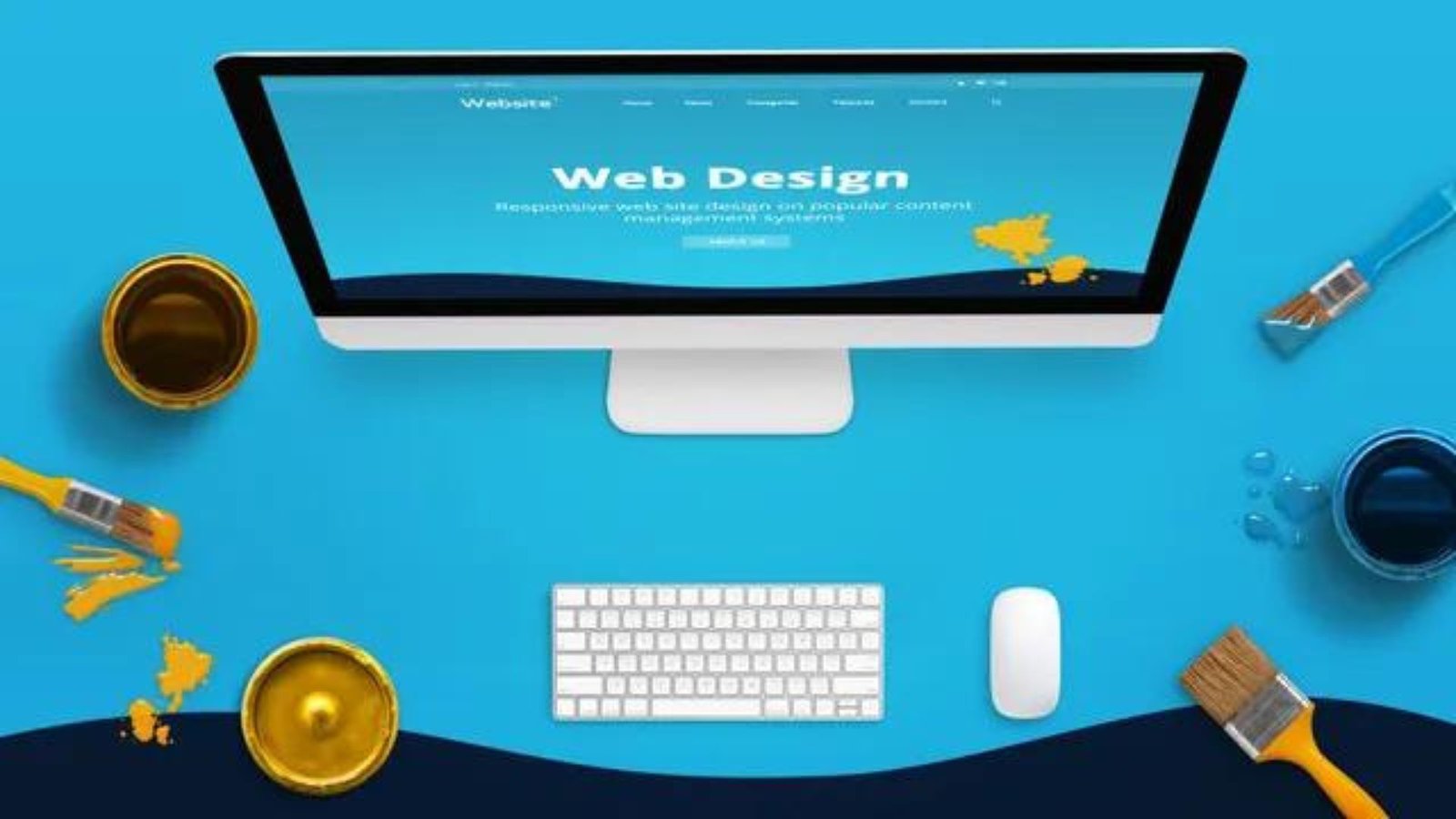Web accessibility ensures that websites and web applications are usable by everyone, including people with disabilities. The role of accessibility in modern web design has become increasingly important as the internet is an essential resource in many aspects of life, from education and employment to commerce and health care. Designing for accessibility ensures inclusivity and provides equal access to information and functionality for all users.

Legal and Ethical Considerations
Incorporating accessibility in web design is not just an ethical obligation but also a legal one in many regions. Laws such as the Americans with Disabilities Act (ADA) in the United States and the Web Content Accessibility Guidelines (WCAG) set by the World Wide Web Consortium (W3C) provide standards for making web content accessible. Adhering to these guidelines helps avoid legal repercussions and promotes social responsibility.
Enhancing User Experience
Accessibility improves the overall user experience. When websites are designed to be accessible, they are typically easier to navigate, understand, and interact with for all users. Features such as clear navigation, readable fonts, and intuitive interfaces benefit everyone, including those without disabilities. By focusing on accessibility, designers create a more user-friendly and efficient web experience.
Broadening Audience Reach
Accessible websites can reach a wider audience. Approximately 15% of the world’s population lives with some form of disability. By neglecting accessibility, web designers exclude a significant portion of potential users. Implementing accessibility features ensures that all users, regardless of their abilities, can access and benefit from web content, thus expanding the audience base and potential market.
Key Accessibility Features
Several features are essential for making websites accessible. These include:
- Alternative Text for Images: Providing descriptive text for images helps visually impaired users understand the content through screen readers.
- Keyboard Navigation: Ensuring that all functionalities are accessible via keyboard helps users with motor disabilities navigate the site.
- Transcripts and Captions: Offering transcripts for audio content and captions for videos makes multimedia content accessible to deaf or hard-of-hearing users.
- Contrast and Color Use: High contrast between text and background improves readability for users with visual impairments.
Implementing ARIA Landmarks
Accessible Rich Internet Applications (ARIA) landmarks help improve accessibility by defining roles for different parts of a webpage. These landmarks allow users with screen readers to navigate web content more efficiently. Proper implementation of ARIA roles ensures that assistive technologies can interpret and present web content accurately.
Testing for Accessibility
Regular testing is crucial for maintaining web accessibility. Tools like WAVE, AXE, and Lighthouse can identify accessibility issues and suggest improvements. Conducting manual testing with assistive technologies, such as screen readers, ensures that automated tools do not miss critical issues. User testing with individuals with disabilities provides valuable feedback for real-world accessibility.
Responsive Design and Accessibility
Responsive design complements accessibility by ensuring that websites function well on various devices and screen sizes. Mobile-friendly design is especially important for users with disabilities, as mobile devices often offer built-in accessibility features. Ensuring a seamless experience across all devices promotes inclusivity and usability.
Educating and Training Teams
Educating web design and development teams about accessibility is essential for successful implementation. Providing training on accessibility standards, tools, and best practices helps create a culture of inclusivity. Ongoing education ensures that accessibility remains a priority throughout the design and development process.
The Business Case for Accessibility
There are significant business benefits to making websites accessible. An accessible website can lead to increased traffic, higher customer satisfaction, and improved brand reputation. Additionally, accessibility can enhance search engine optimization (SEO), as search engines favor websites that are easy to navigate and understand.
Continuous Improvement and Accessibility
Accessibility is an ongoing process. As web technologies and user needs evolve, continuous evaluation and improvement are necessary to maintain accessibility. Regular updates, audits, and feedback loops help ensure that websites remain inclusive and functional for all users.
Conclusion
The role of accessibility in modern web design is crucial for creating inclusive, user-friendly, and legally compliant websites. By prioritizing accessibility, designers enhance the user experience, broaden their audience, and fulfill ethical and legal obligations. Implementing key accessibility features, regular testing, and continuous improvement ensures that web content is accessible to everyone, promoting equality and inclusivity in the digital world.




